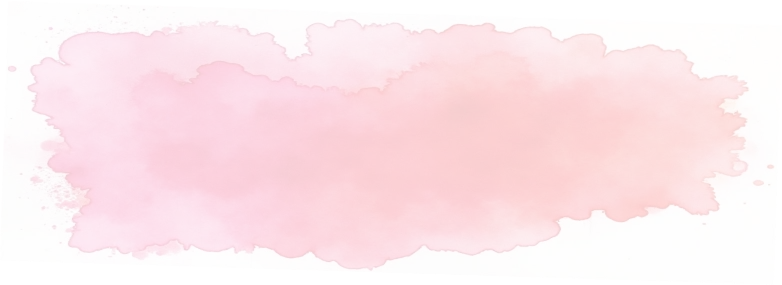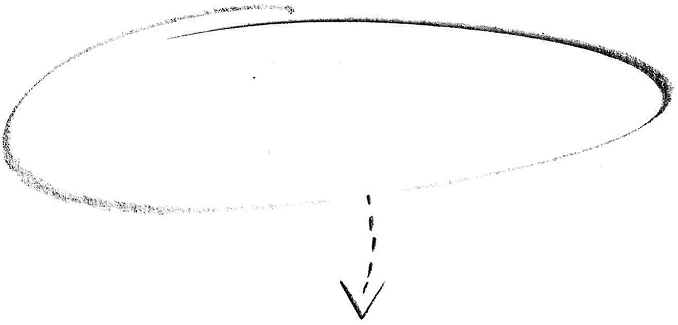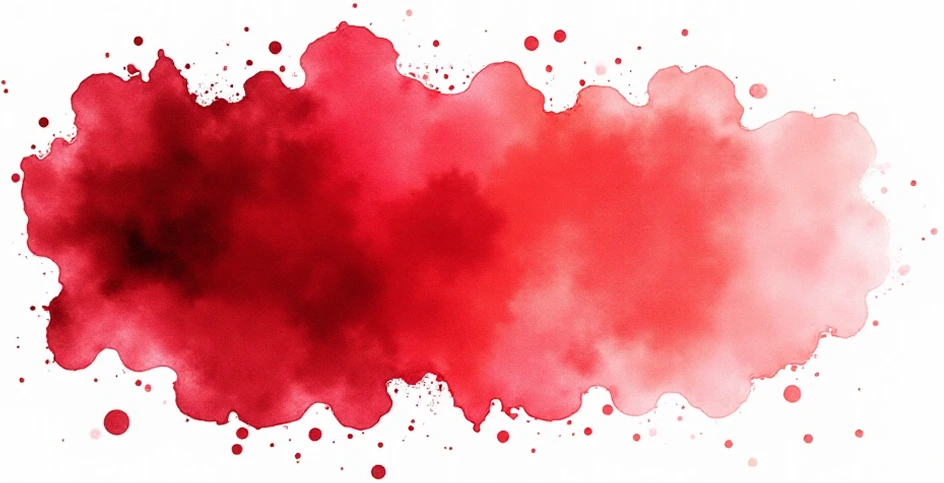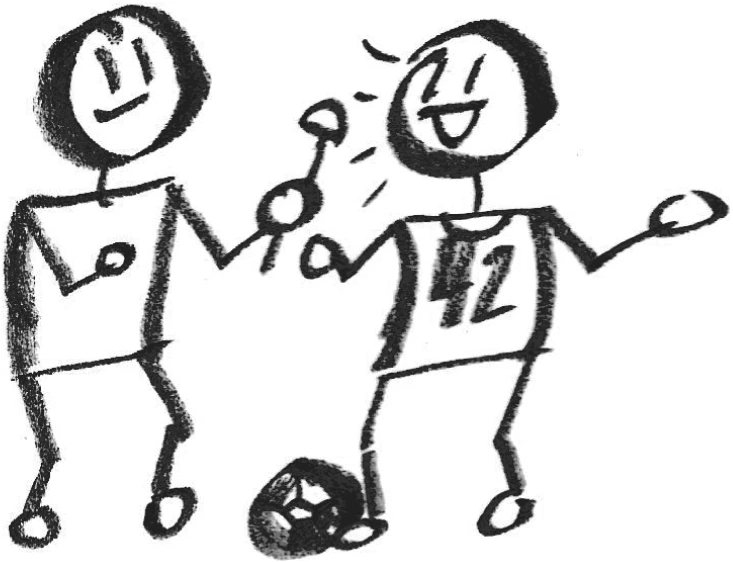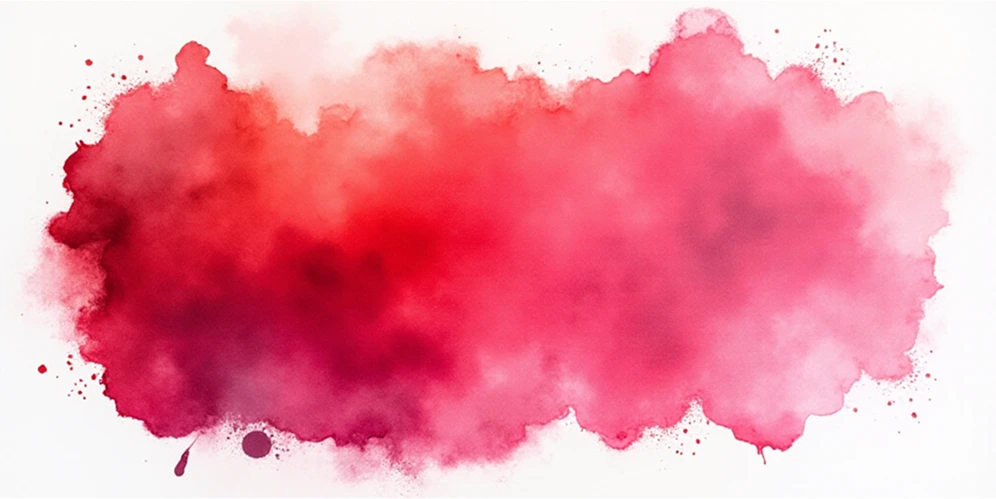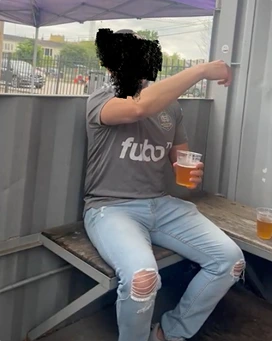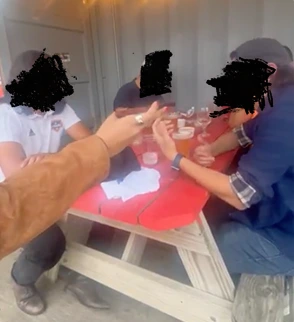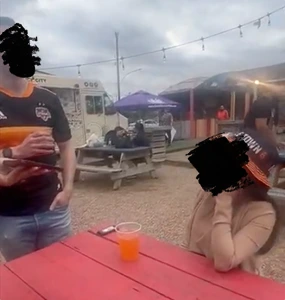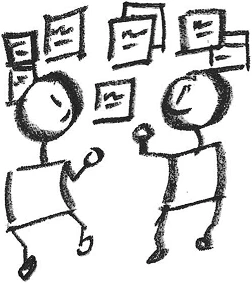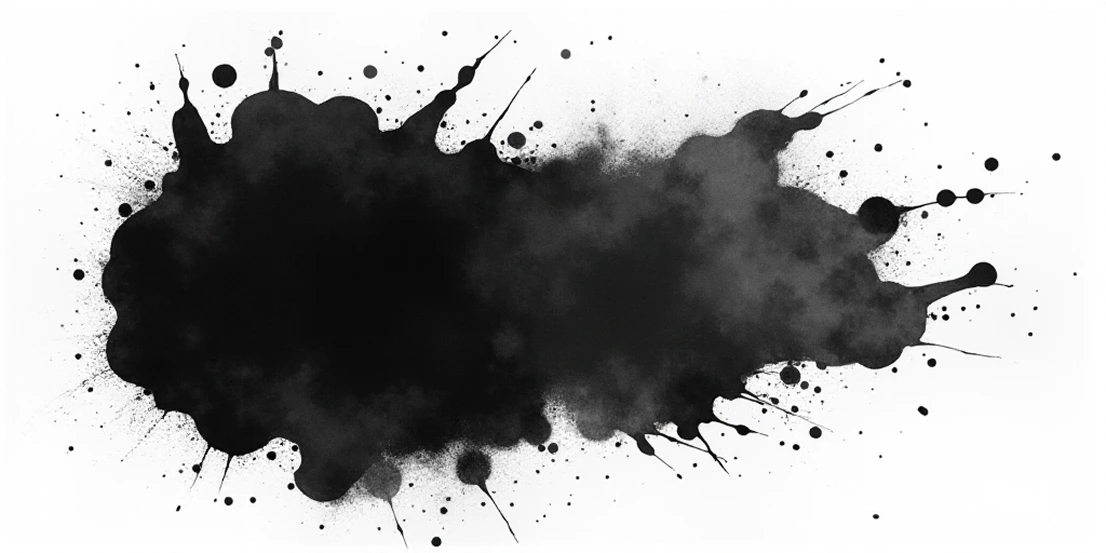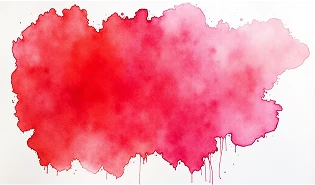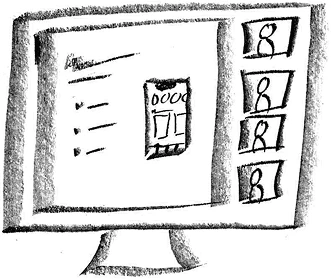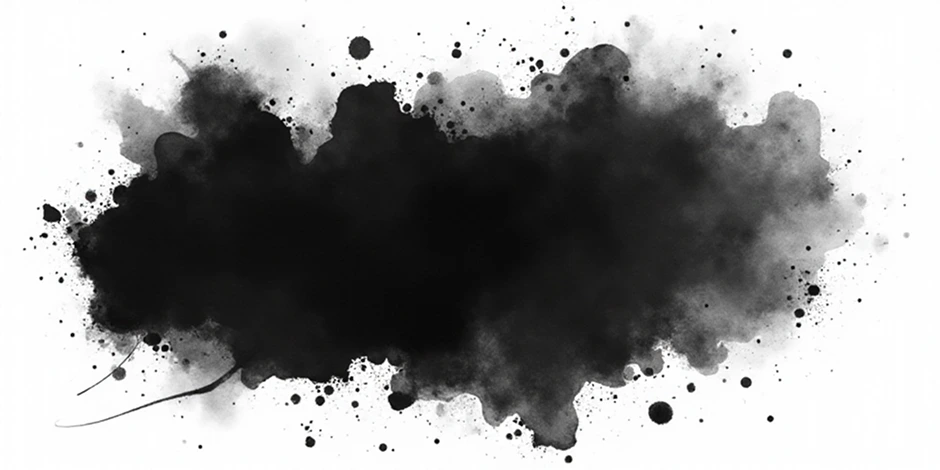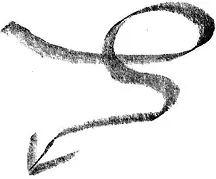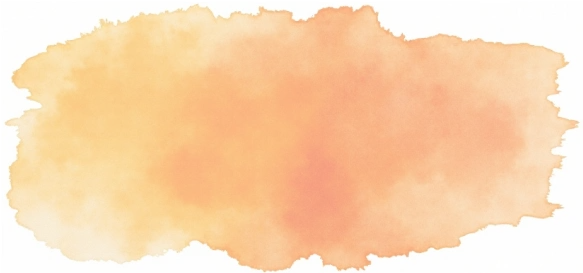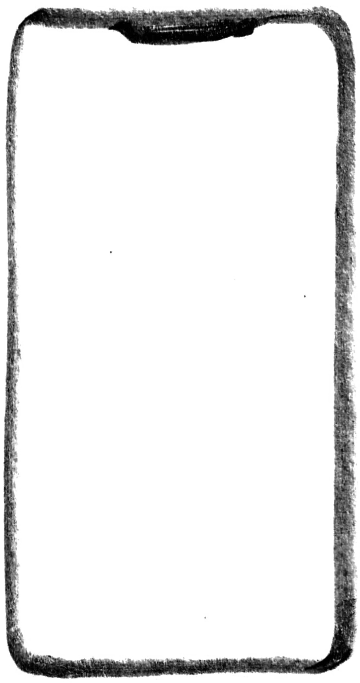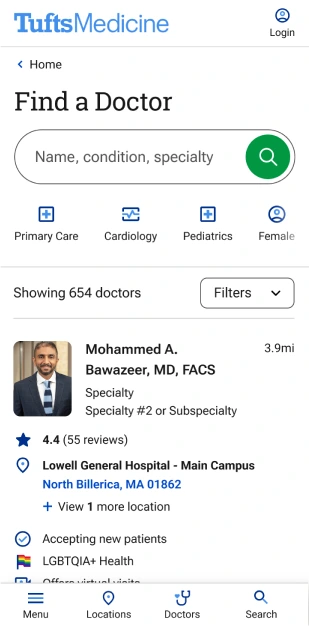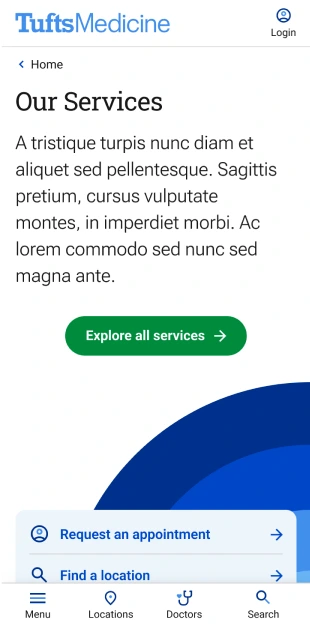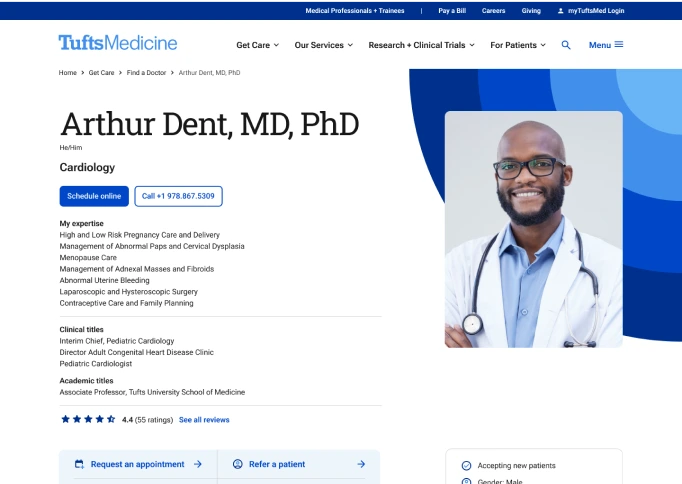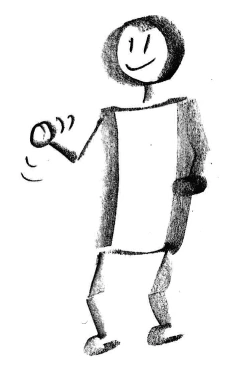With the US-hosted 2026 World Cup approaching, Major League Soccer (MLS) was looking to keep up the impressive fan growth rate they had been recently experiencing. Thanks to a restructuring within their leadership, an opportunity opened up for Phase2 Technology to create and present next-gen ideas that focused on innovative experiences and fan growth.
As the project’s Senior UX Designer, I brainstormed and mocked up innovative, disruptive, next-gen ideas to present to a new C-suite member in close collaboration with some Phase2 team members. I also directed and oversaw the research and creative portions of this project.
After two months of work, we presented four next-gen ideas (three of which were mine) to the new C-suite member. Because the work has yet to sell, I cannot reveal the ideas, so the remainder of this story will discuss my work at a high level.


